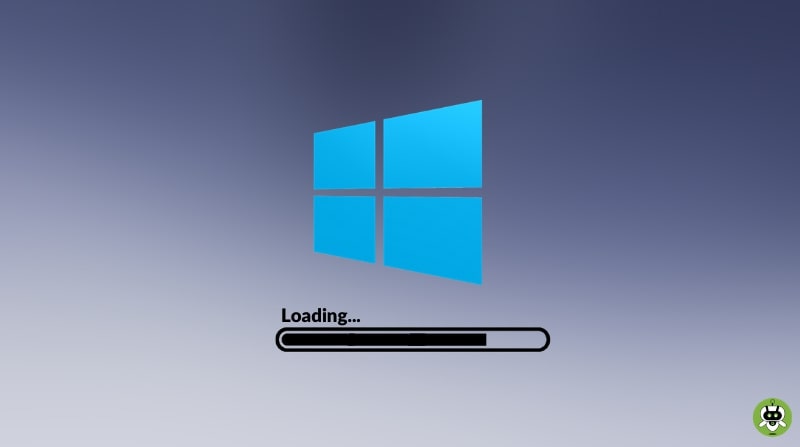

- #Windows 10 screensaver start delay how to
- #Windows 10 screensaver start delay windows 10
- #Windows 10 screensaver start delay password
- #Windows 10 screensaver start delay Pc
#Windows 10 screensaver start delay password
The screen saver password grace period feature can be configured under Behavior as shown below. To save your time, you can use Winaero Tweaker. To restore defaults, just delete the ScreenSaverGracePeriod value you created under the Registry key mentioned above and you are done. It specifies how many seconds the delay should be before the screen saver password protection locks the computer. The possible value range is from 0 to 2147483.


Navigate to the bottom the screen and click on Screensaver settings. You will be navigated to your computer’s lock screen settings. Select the first result which comes and click it. Type lock screen settings in the dialogue box and hit enter. Enter ScreenSaverGracePeriod as the name and press the Enter key. Press Windows + S to launch the search bar of your start menu. Right-click on the empty white area in the right pane of the Registry editor app and select New - DWORD (32-bit) Value. Note: Even if you are running 64-bit Windows 10, you still need to use a 32-bit DWORD as the value type. This value doesn't exist by default, so you need to create it.
#Windows 10 screensaver start delay how to
See the following article: How to jump to the desired Registry key with one click. Tip: You can quickly open the Registry Editor app at the desired key.
#Windows 10 screensaver start delay windows 10
That way if you forget your laptop is on, it will go to sleep automatically after a period of time and help you save the battery juice.The screen saver password grace period can be configured in Windows 10 with a simple Registry tweak. A good compromise is setting it to an hour or two instead. Just remember that if you’re on a laptop the battery will take a hit if you set it to never. Here you might want to set the “Put the computer to sleep” drop-down menus to Never for On battery and Plugged in sections, too. Then make sure to click the “Save changes” button for the changes to go into effect. To create a shortcut of a screensaver perform the following: Start Explorer (Win+E, or Start. Now, set the “Turn off display” drop-down menus to Never for both “on battery” and the “Plugged in” section. Then under the Power Options section click on “Choose when to turn off the display” from the panel on the right. To do that hit the Windows key and type: control panel and choose the top result from the list. You can also keep your screen from turning off via the classic Control Panel. Just keep in mind that if you are conscious about the life of your battery, you need to consider the battery life will be impacted by not turning the screen off. 'FlipSS.exe /off' to set the screensaver off. 'FlipSS.exe /on' to set the screensaver on. 'FlipSS.exe -h' to see the current state.
#Windows 10 screensaver start delay Pc
This is because the screen turns off when the PC goes into Sleep mode. From JD Design Freeware - Flipss.exe (download 12kb) is a command line utility that will set SPISETSCREENSAVEACTIVE for you. Note that you might also want to set the PC to go to sleep never, too. Under the Power & Sleep section set the screen to turn off Never for both “On battery power” and “when plugged in.” If you are working on a desktop there will only be the option for when the PC is plugged in. Start by heading to Settings > System > Power & Sleep. To prevent the screen from turning off automatically, you need to adjust some power and sleep settings. Stop Screen from Turning Off in Windows 10


 0 kommentar(er)
0 kommentar(er)
